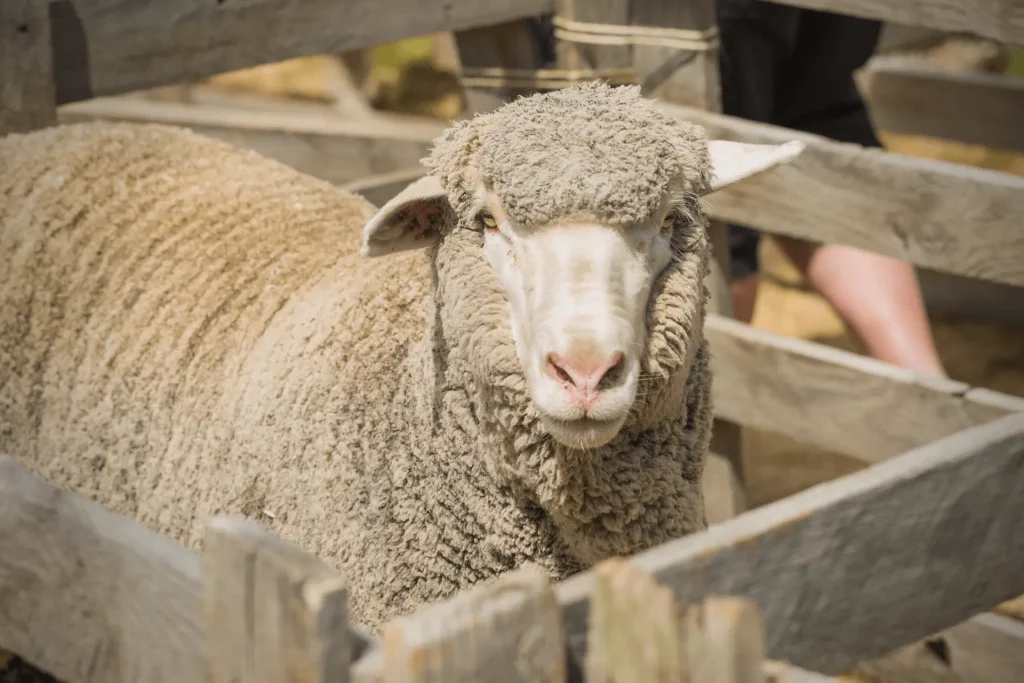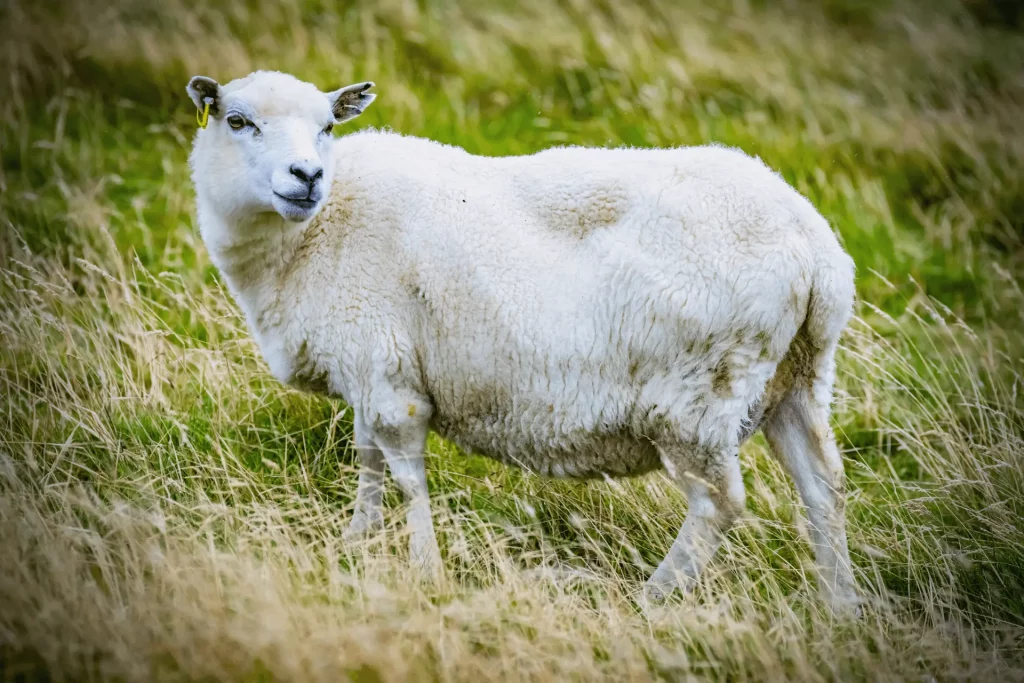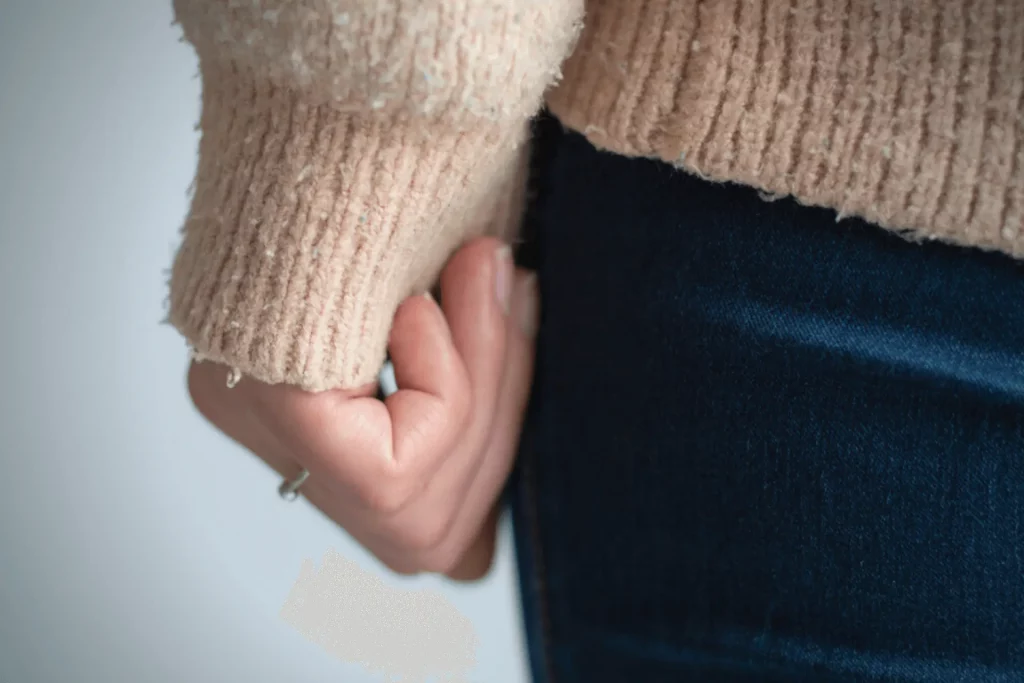Wool is a great material to work with. It was the first performance fabric ever created, and for thousands of years, it has been responsible for keeping us warm and dry. Even though we humans have evolved with delicate, hairless bodies that are highly sensitive to the weather, our large brains have helped us discover a method to alleviate this by mimicking the behaviors of other animals.
You should know that wool possesses many excellent qualities. Because of its crimped design, it can be lofty and contains pockets of air, which contributes to the layer of insulation.
Because of its exceptionally high level of elasticity for a natural material, it can keep its form. It is also lovely when dyed and woven into yarn or thread, wicking away moisture, blending well with other fibers, being renewable and recyclable, and blending well with other fibers.
However, there are many different kinds of wool, and each has its particular use. Sheep’s wool, similar to fine wine, will include the telltale marks of its age and the terroir where it was grown. The age of a sheep, the cuisine it consumes, and the surrounding climate will all impact the quality of its wool.
Even though “wool” is often used as a general term, quite a few distinct types need to be familiarized. Merino wool and Shetland wool are two distinct varieties of wool. These types of wool may be utilized to produce a wide variety of woolen goods, including sweaters, caps, blankets, pillows, and more.
There are significant differences in their look, texture, and manner that they should be cared for, even though they are utilized similarly.
Table of Contents
What is Merino Wool?

The Merino sheep are the only kind of sheep that produce wool that may be called merino. Merino sheep are said to have originated in Spain; nevertheless, most Merino wool exported now comes from New Zealand And Australia. It is similar to lambswool because it is finer and more delicate than normal wool.
The larger staple length is more durable since the fibers are less prone to break. This is because more mature sheep have longer staple lengths.
As a result of these qualities, merino wool is one of the most sought-after varieties of specialized wool now available, as it possesses excellent properties across the board. One of the most sought-after varieties of specialized wool is now available and possesses excellent properties across the board.
What is Shetland Wool?

Shetland wool originates from Shetland sheep, a breed of sheep noted to withstand the harsh winters of Scotland’s isolated Shetland Islands. These sheep do not get the chance to spend their lives basking in the sun in Australia.
Due to the severe climate of the Shetland Islands, the wool produced there is not as fine or as soft as that of Merino or lambswool, but it is highly resilient and warm. Although a Shetland sweater won’t feel nearly as comfortable on the skin as other wools do, the hard effort put in by the Scottish sheep that produced it will help you develop character.
What Sets Shetland Wool Apart From Merino Wool, and What Are the Differences Between the Two?
Aside from the fact that Merino wool comes from Australia and Shetland wool comes from Scotland, there are a few important variations between the two types of wool. These differences include the amount of ‘pilling,’ the level of softness, and the aesthetic.
As was previously mentioned, Merino wool tends to be slightly softer than Shetland wool. Because of this, it is essential to make sweaters out of Supersoft Shetland wool.
Second, items from Shetland have a “highland aesthetic” and a “crunchier” feel, both of which are reminiscent of the country’s origins in Scotland. When you put on a Shetland garment, you’ll immediately understand what we mean when we say that it gives off an energizing vibe.
And last, because the fibers of Shetland yarn are shorter than the fibers of Merino, items created from Shetland wool are more likely to “pill” than those made from Merino wool.
Wool Pilling in Merino and Shetland Wool:

It’s called “pilling,” It happens when little, fluffy balls start to develop on the surface of some wool clothes after being subjected to “wear and tear.”
As was noted, certain types of wool are more prone to pilling than others, and the reason for this is simply due to the unique qualities of their wool fibers.
Merino will pill less simply because its yarn fibers are longer, which results in less exposed ends. This is in contrast to Shetland, which has shorter yarn fibers.
This could not be further from the truth; Australians and New Zealanders who are more accustomed to Merino fibers may perceive pilling to indicate low quality; however, this is not the case.
The appearance of pilling on high-quality woolen clothes, blankets, or pillows can make the item look worn. It tends to scare owners anticipating a more robust and long-lasting item.
However, it is essential to understand that pilling does not indicate the product’s low quality. Your clothing made of wool may be cared for in various ways, including reducing and eliminating the formation of pills.
How to Maintain the Quality of Your Merino and Shetland Wool Clothing?

It doesn’t matter what kind of wool the clothing is made of; you should always take active steps to maintain it so that it doesn’t pill and lasts as long as possible.
This may be accomplished in several important ways:
First, you need to make sure that you properly follow the washing instructions, which include turning your clothes inside out, washing them in the most gentle setting possible, using only wool-specific chemicals, and drying them on a flat surface (and NEVER on the dryer).
Second, if you want your wool garment to continue looking like new for a longer time, you need to take care of it and avoid wearing it in harsh situations as much as possible.
And thirdly, it is important to remove pills regularly (and more frequently while your clothing is new), whether by hand, with a woolen comb, or with an electronic portable “de-piller” or “fabric shaver.”
If you follow the recommendations in this article, you will be able to wear all of your wool clothing for many years to come, regardless of whether the clothes are made from merino, shetland, or another sort of wool.
Conclusion:
When everything is said and done, the distinctions between Shetland wool and Merino wool aren’t that significant in the grand scheme of things. Both types of wool are of the highest quality, and both are excellent choices for use in the production of sweaters, blankets, and virtually anything else you can imagine.
The pricing, gloss, level of softness, and color palette are some of the most notable distinctions. The colors of Shetland wool and Merino wool are typically rather comparable to one another; however, the colors of Shetland wool are typically a little bit muted in comparison. The shine of the wool is another something to take into consideration.
Merino wool has a reputation for having a glossier appearance than Shetland wool. Additionally, the degree of suppleness varies. Merino wool is a little gentler than Shetland wool when compared to it. The pricing is also one of the most significant points of differentiation. Compared to the price of Shetland wool, the price of Merino wool is often priced a little bit more.

